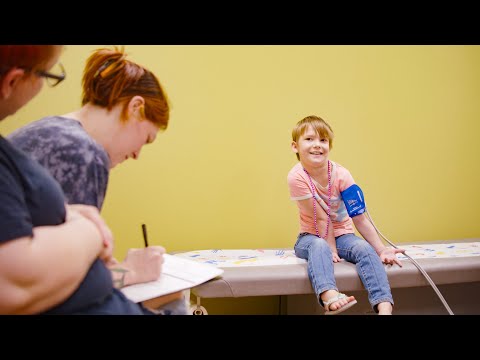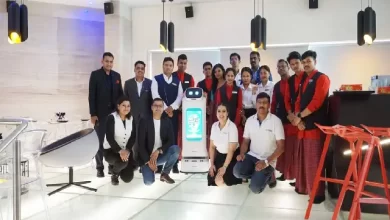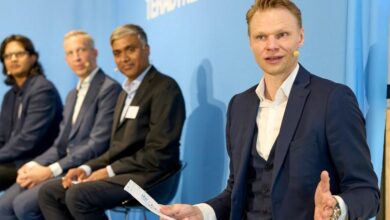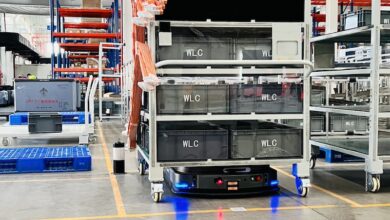Robotic brain surgery on child succeeds

– 59 seconds ago

Oklahoma Children’s Hospital OU Health and Bethany Children’s Health Center successfully performed the world’s first robotic brain surgery on a child.
Karleigh Fry, an Oklahoma eight-year-old, suffered from rapid-onset primary dystonia. She was unable to perform basic movements like walking and sitting without assistance.
Fortunately, her robot-assisted brain surgery was a success, giving her control over her movements. Also, it enabled her to speak and prevent her arms’ involuntary twitches.
How did robotic brain surgery work?
Mayo Clinic says, “Dystonia is a movement disorder that causes muscles to contract. This can cause twisting motions or other movements that happen repeatedly and that aren’t under the person’s control.”
This condition prevented Karleigh Fry from controlling her body properly. “Her arms used to lock up to the point we would put socks on her hands because she would scratch her neck,” her mother Trisha Fry said.
READ: Heart surgery AI guides medical decisions
Luckily, Oklahoma Children’s Hospital OU Health and Bethany Children’s Health Center decided deep brain stimulation (DBS) may help her.
Interesting Engineering said DBS involves implanting small wires or electrodes in specific brain areas. They connect to a neurostimulator, which surgeons implant in the upper chest.
It sends electrical signals to the brain, regulating abnormal impulses from Parkinson’s disease and similar illnesses.
This DBS procedure was different because it used a robot. OU Health believed the machine could enhance “surgical precision and safety.”
READ: Neuralink helps man play chess with his mind
Trisha Fry agreed to the procedure and explained it to ABC News. She said the robotic brain surgery has two parts. The first involved the actual procedure at Oklahoma Children’s Hospital.
Afterward, Bethany Children’s Health Center provided post-operative care and pediatric rehabilitation. As a result, OU Health said Karleigh regained control of her arms within minutes of activating the neurotransmitter.
“She is even using her voice a little bit more, and we can make out some of her words. I think she’s going to have a great future for sure,” Karleigh’s mom said.
Dr. Amber Stocco from the Bethany Children’s Health Center lauds this successful robotic brain surgery as a significant milestone:
“We are thrilled to have achieved this milestone. Our young patient is already showing promising results, and we hope this procedure will pave the way for more pediatric DBS cases worldwide.”




